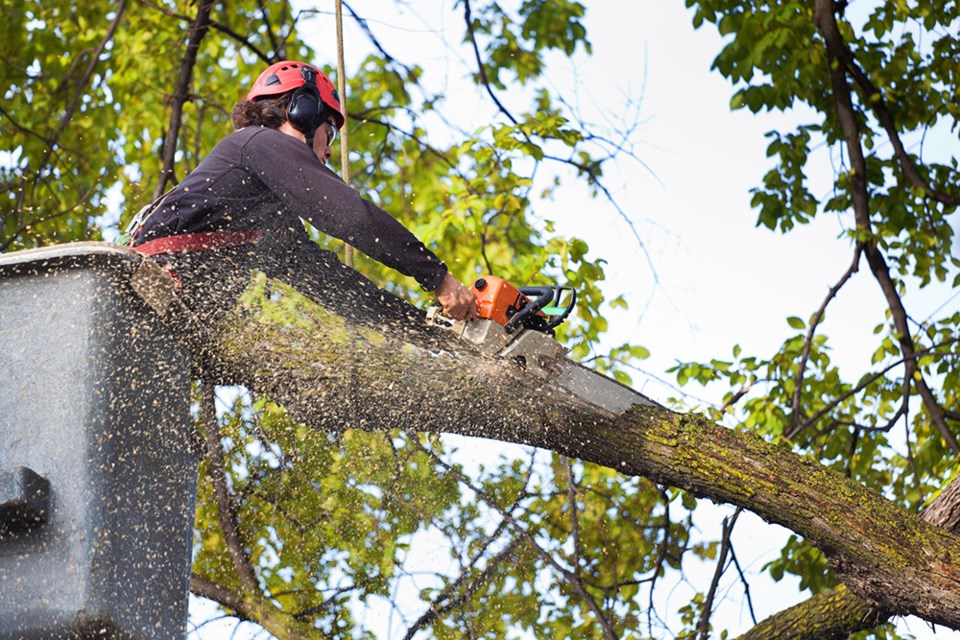REGINA — The provincial ban on pruning elm trees begins Friday, April 1, and will last until Aug. 31.
Provincial regulations prohibit the pruning of elm trees during this time to ensure that elm bark beetles are not attracted to freshly pruned elms where the beetles are most active. The beetles transmit Dutch elm disease.
Provincial regulations also prohibit the storing, transport and use of elmwood for any purpose. This includes wood chips, firewood, wood slabs and branches.
What is DED?
DED is a serious disease caused by a fungus that clogs the elm tree’s water and nutrient conducting system, which eventually causes the tree to die.
DED was introduced in North America in the 1930s and has since wiped out millions of elms across Canada and the United States.
How is DED spread?
In Saskatchewan, the disease is spread by several species of elm bark beetles. These beetles can fly farther than two kilometres in search of elm trees.
The DED fungus has tiny spores that stick to the body of the beetle. Elm bark beetles can carry these spores and infect other elm trees. The fungus can also be spread by infected pruning tools.
What can you do to prevent DED?
The most effective management strategy for DED is to not transport or store elmwood. Firewood containing elm bark beetles is the most likely way that DED would be brought into Saskatchewan.
Residents can help prevent DED by:
-
Not pruning elms during the provincial pruning ban (April 1 to August 31)
-
Not storing or transporting elmwood – provincial regulations prohibit it!
-
Always disposing of elmwood at approved site
-
Sanitizing tools after working on elm trees
-
Not building treehouses in elm trees, as the nail and screw holes can attract elm bark beetles carrying the DED fungus
-
Reporting dead or dying elm trees or branches to the local authorities or a professional arborist
How to identify and report unhealthy elm trees
American elm trees with DED may start showing symptoms as early as June. Typically, the leaves will start to wilt and turn yellow, then curl and turn brown.
Anyone suspecting that an elm tree is unhealthy is encouraged to call Urban Forestry at 306-975-2890.
By following the provincial regulations and maintaining elm trees on your private property, all residents can help prevent the spread of DED.




